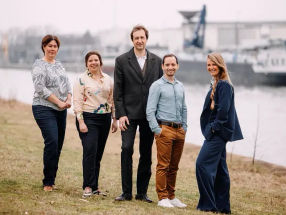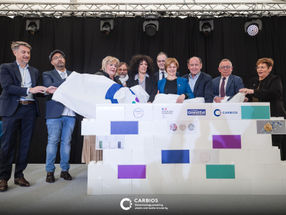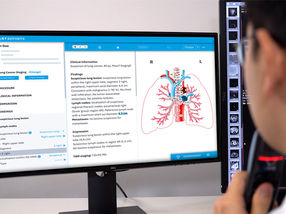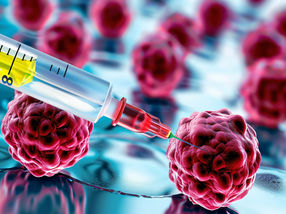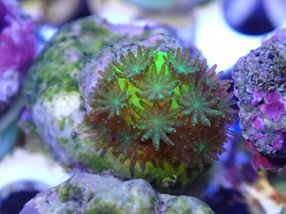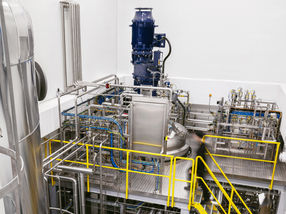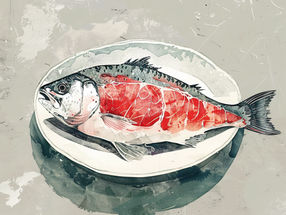Oxford, UK and Lund,
Sweden, 14 March 2002 - Oxford GlycoSciences Plc and BioInvent International AB announced today a three year collaboration to identify, develop, manufacture and commercialise novel
therapeutic antibodies, which will target
antigens provided by OGS and will be produced using BioInvent’s novel antibody technology platform, n-CoDeR™.
Under the terms of this agreement, OGS will provide at least five target antigens per year, identified and validated through OGS’ proteomics process. BioInvent will apply its proprietary n-CoDeR phage display library to identify
antibodies targeted to OGS’ antigens. The two companies will then work collaboratively to select and optimise therapeutic antibody candidates to take into development. BioInvent shall also manufacture the pre-clinical and clinical material in its cGMP-certified cell culture facility.
Although complete financial terms were not disclosed, OGS will contribute research funding and will pay a technology access fee to BioInvent. Therapeutic antibody candidates identified will then be developed either jointly by the two companies or solely by OGS. In the case of jointly-developed candidates both the costs of research and development and subsequent revenues will be equally split. BioInvent will be able to select at least one such antibody each year. For all other therapeutic antibody candidates, OGS will be solely responsible for further research and development activities and BioInvent will receive success-related milestone and royalty payments. OGS will retain all
commercial rights for these solely developed products.
Further, subject to the approval of the BioInvent shareholders at its AGM on 17 April 2002, OGS will make an equity investment of $5 million in BioInvent at an agreed premium to the average closing price of BioInvent’s shares over the ten days prior to this announcement.
monoclonal antibodies are being recognised as an increasingly important class of drug entity, with potential application against many diseases; analysts have estimated the market potential for antibody therapies to be as high as $24 billion by 2010 . The two most commonly used routes for creating monoclonal antibodies from target proteins are by immunising humanised mice and by screening against phage display libraries. OGS accesses state-of-the-art mouse technology and manufacturing capacity through its relationship with
Medarex. Through this collaboration with BioInvent, OGS now adds a state-of-the-art phage technology partner, with its own specialised platform and manufacturing capability.
Diversity in antigen targets requires diversity in antibody technologies; OGS therefore views the two techniques to be complementary and believes that it has considerably strengthened its position in antibodies and its ability to exploit its proprietary disease-associated protein bank in the discovery and development of therapeutics.


